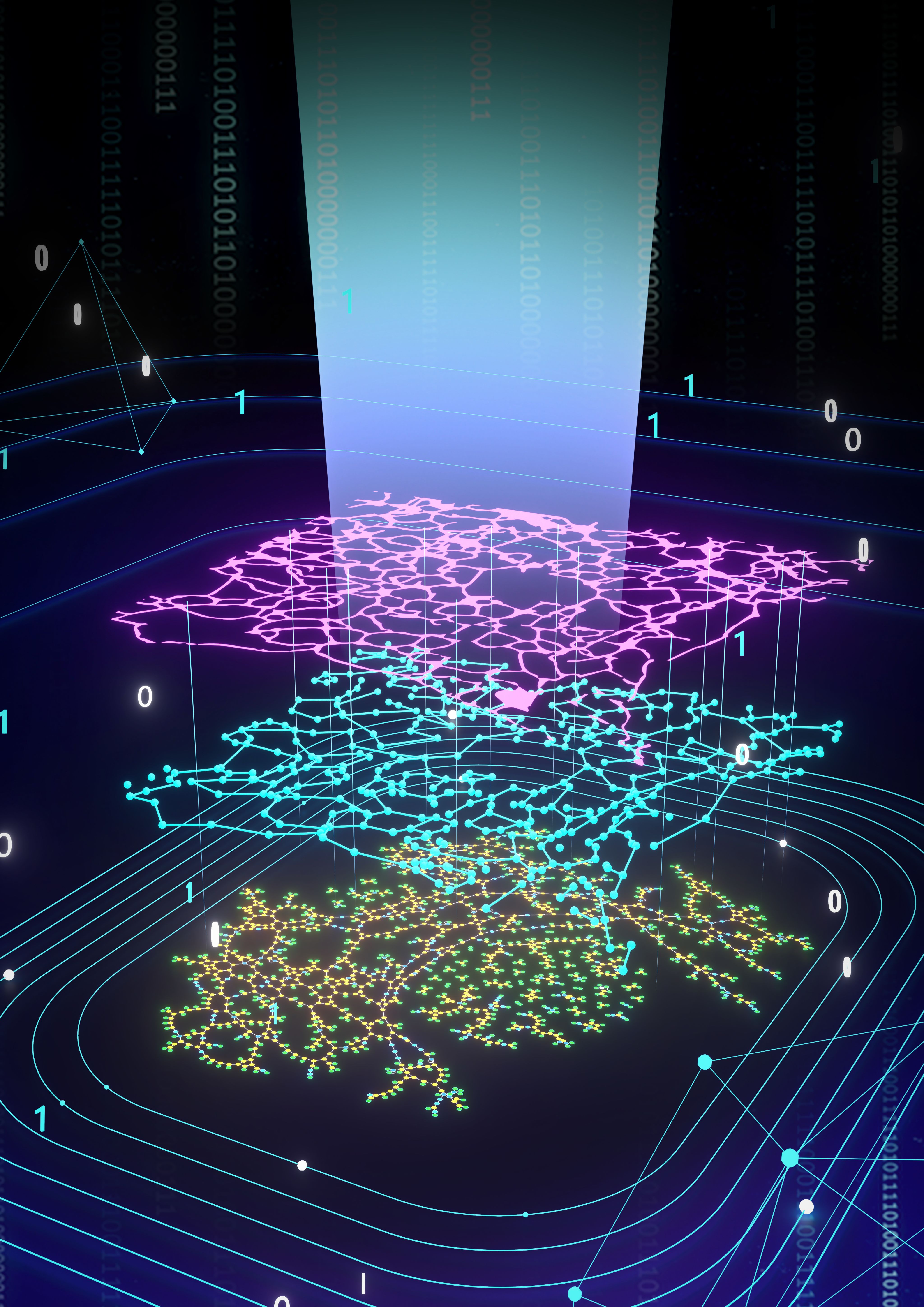ERnet: A Revolutionary Tool for Analysing Endoplasmic Reticulum
Researchers from the University of Cambridge have developed a groundbreaking new software, ERnet, which allows for the in-depth study and analysis of the endoplasmic reticulum, a crucial cellular organelle.

This innovative tool, detailed in a recent publication in Nature Methods, aims to improve our understanding of the role of the ER in various diseases and has the potential to greatly impact drug and genetic screening processes.
The ER plays a vital role in cell function, producing and modifying proteins necessary for healthy cellular activity. Constant changes in the shape and structure of the ER make it challenging to study. However, this dynamic reshaping is significant in understanding how the ER can extend within the cell to meet cellular demand.
“Disruptions to ER structure have been linked to numerous diseases, such as Niemann Pick Disease Type C, making it essential to comprehensively study the ER's morphology. Traditional imaging techniques have struggled to accurately classify the complex structures of the ER.”
To address this limitation, researchers of the Laser Analytics Group, headed by Prof. Clemens Kaminski, created ERnet, a deep learning software that automatically segments the ER and categorises its domains into tubules and sheets. The software, which works on two-dimensional data, provides precise quantitative results of the three-dimensional structure of the ER from fluorescence images of cells.
The development of ERnet was made possible by the Swin Transformer, a breakthrough technology originally designed for natural language processing. Its exceptional performance in language processing and image segmentation has formed the basis for advanced machine-learning models, making it the perfect foundation for ERnet.
Through the application of ERnet, the research team, led by was able to identify new structural features of dynamic ER networks. The team discovered "sheet-based tubules" (SBT), a previously unrecognised phenomenon. This finding expands our knowledge and understanding of ER structure, organisation, and dynamics.
“ERnet has the potential to significantly benefit the cell biology community by accelerating drug and genetic screening processes in both fundamental and therapeutic research.”
Future developments may include scaling up to three-dimensional structures of ER and integrating generative models for improved image quality. ERnet is just the beginning of combining super-resolution microscopy and machine learning to enable precise, high-throughput, and automatic biomedical analysis.
Read the full paper, published in Nature Methods
Lu, M., Christensen, C.N., Weber, J.M. et al. ERnet: a tool for the semantic segmentation and quantitative analysis of endoplasmic reticulum topology. Nat Methods (2023). https://doi.org/10.1038/s41592-023-01815-0



